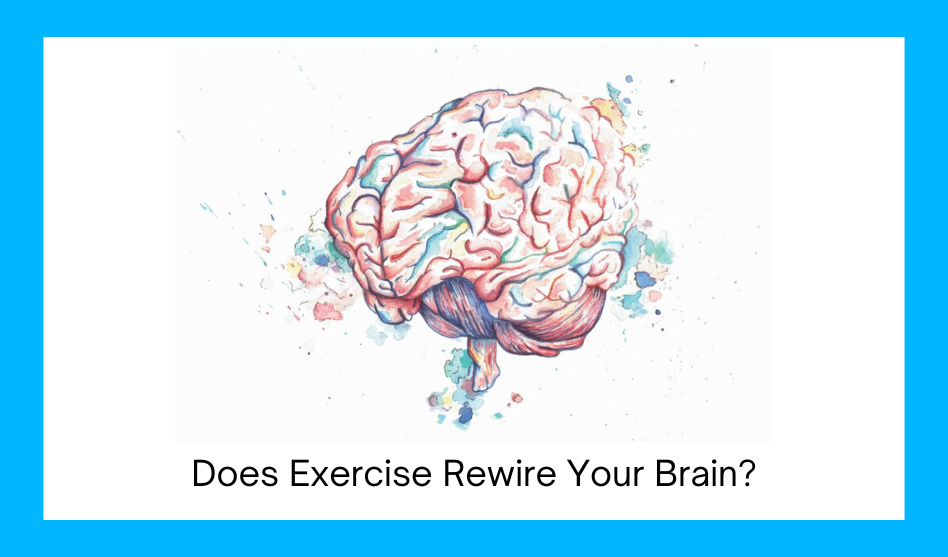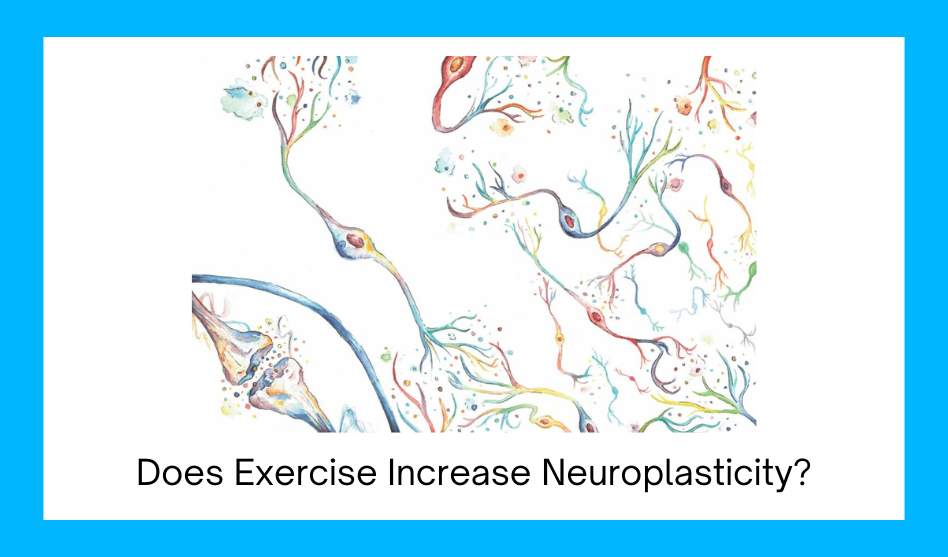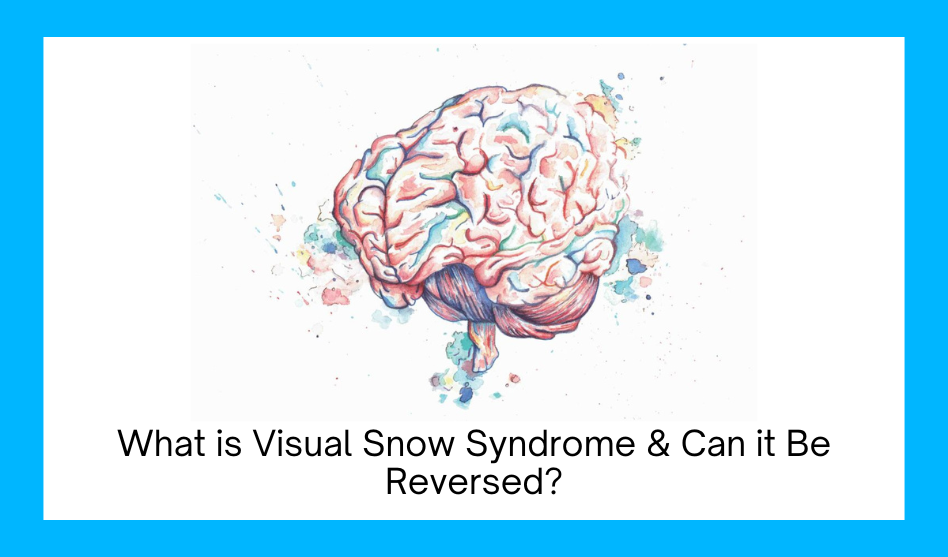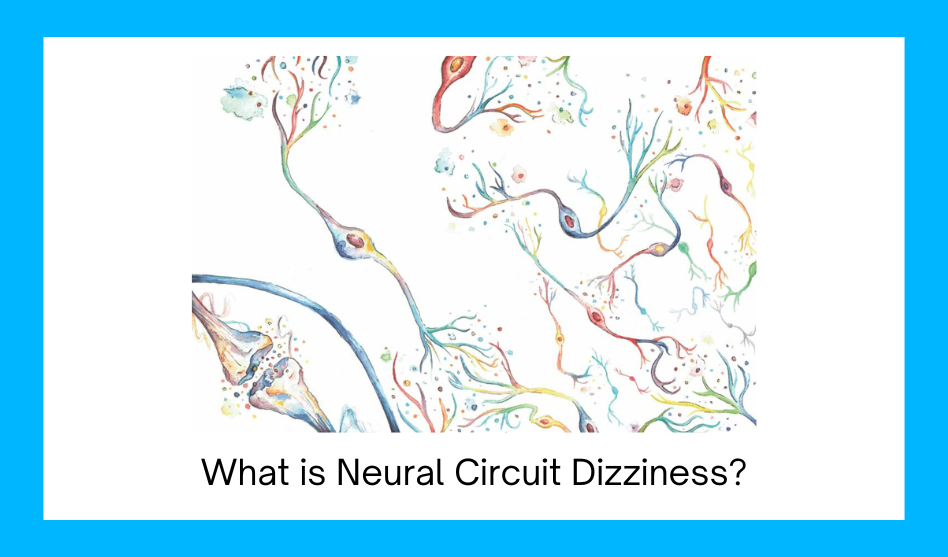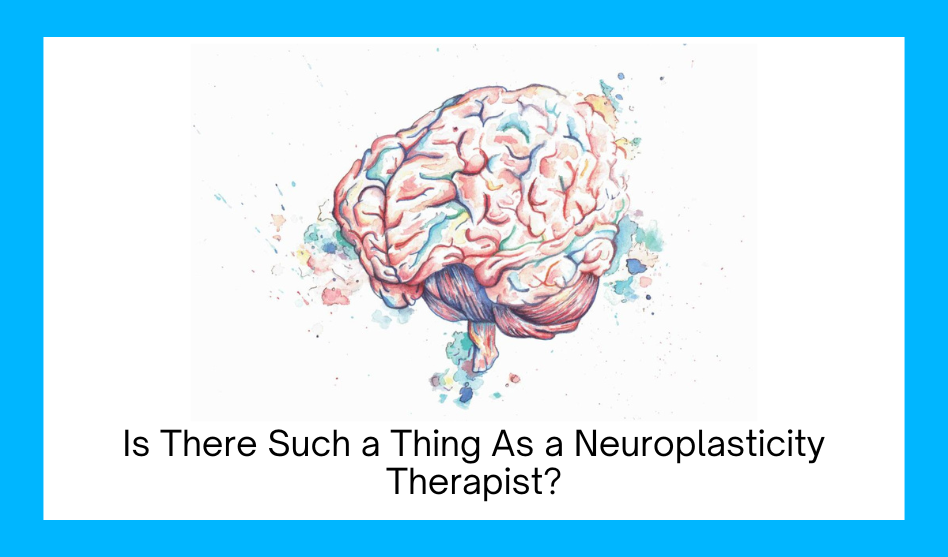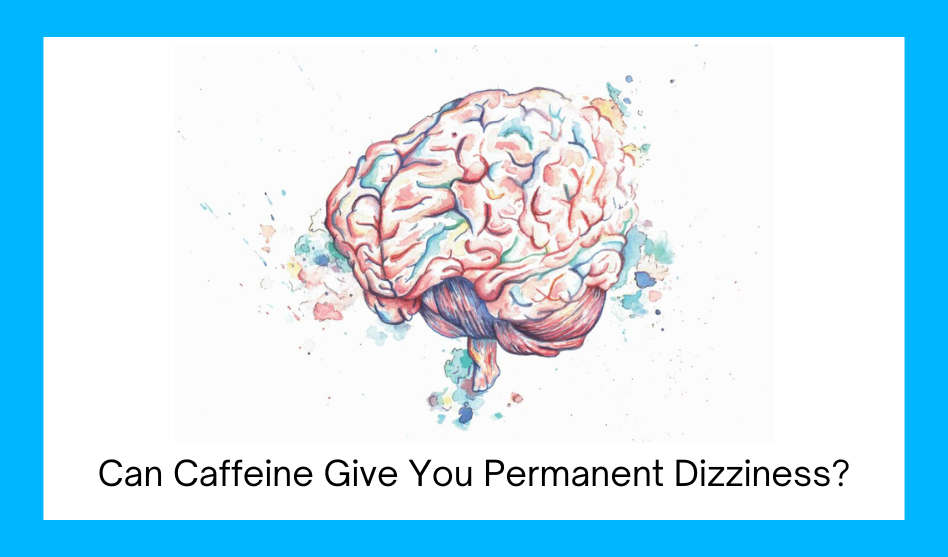
Can Caffeine Give You Permanent Dizziness?
Look, everybody is so different. My instinct is to say no, but, I mean, maybe it’s possible for somebody out there. I think the better thing to do here would be to pause and ask your body, “Body, is caffeine serving me? How much caffeine is healthy for me?” For some people, having a cup of coffee a day is absolutely no problem, and for somebody else, they might have a severe reaction to caffeine where the body genuinely overreacts, and perhaps dizziness is one of the side effects of caffeine.
So, I think the question is not about caffeine, it’s about you and your body and learning to listen to the information your body’s giving you, because the symptoms you experience are your body’s way of saying, “Hey, listen to me. Something doesn’t feel right. I’m feeling dizzy, I’m feeling off.” So then we have to troubleshoot, and this is basis of the Rock Steady path. This is the Rock Steady process.
How can I pause? How can I take note? How can I be kind and listen to the information my body’s giving me rather than shame my body or ignore my symptoms and try and get rid of them? How can I use those dizzy symptoms as valuable information to figure out how I return to balance and how I really become that new normal and that better version of myself? These are all important questions to ask, to begin healing with neuroplasticity.

